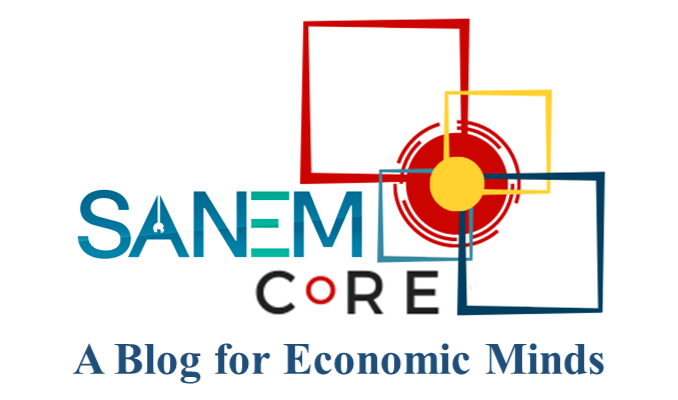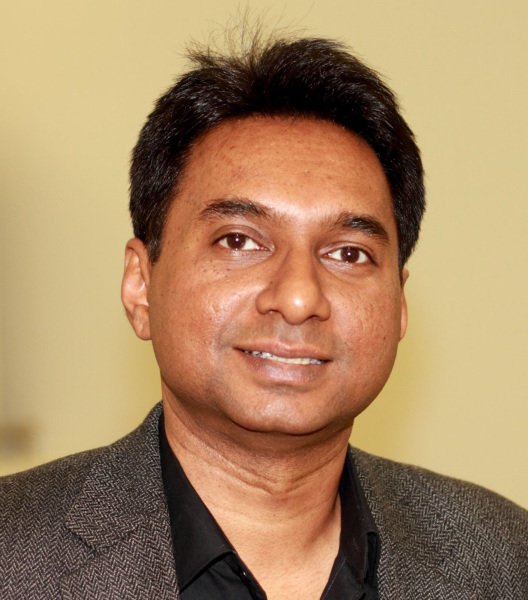In recent decades, the developing world has made important progress in reducing extreme poverty. The data from the World Bank shows that the number of people living below the international poverty line of US$ 1.9 a day dwindled down from 1.85 billion people in 1990 to 768.5 million in 2016. However, the global share of the extremely poor population stands at over 10%, and there is uneven progress across different regions in the world. Therefore, eradicating poverty in all its forms and dimensions, including extreme poverty, remains the greatest global challenge and the most significant hurdle in the path of attaining sustainable development goals (SDGs) worldwide.
A majority of the global decline in poverty is explained by the reduction of poverty rates in East Asia and the Pacific and even South Asia to an extent, due to the thriving economic growth experienced by these regions. However, a large population continues to suffer from poverty and a major portion of the rest remains vulnerable and at risk of falling back below the poverty line. A glaring spatial disparity can be perceived, accompanied by low levels of human development. If the qualities of health, education, employment and overall standard of living continually fail to cope with income growth, it may ultimately further hinder the capability of the masses; reinforce poverty and impede the process of growth. A similar picture can be admonished for Sub-Saharan Africa, which currently hosts the largest number of poor compared to other regions. This region’s multidimensional aspect of poverty is reflected in economic, human and social deprivation, explained by the very slow progress in Human Development Index (HDI) from the 1990s and the elevated rate of income poverty. Inequality also remains a significant crisis in the Latin American countries, in the form of chronic and transitory poverty, despite the recent upsurge of economic development in this region.
As the gap between the rich and poor widens, across and within nations, it becomes imperative to ensure a sustained resilience and global initiative against all dimensions of poverty. With that aim, the first SDG is assigned to “end poverty in all its forms everywhere” and its seven associated targets focus on various approaches to universal eradication of poverty and inequality, with a special attention to implementing necessary social protection programs, ensuring equal access to basic utilities, mobilizing global resources to extend cooperation towards the developing countries and constructing national and international policy and strategy frameworks.
In order to understand the current state of the cross-country differences in the poverty rates, we compared poverty rates across 72 developing countries (for which data is available from the World Bank’s World Development Indicators database) for the time period of 2010-15. Table 1 and Table 2 present the top 10 and bottom 10 performing countries with respect to poverty rates based on US$ 1.9 and US$ 3.2 poverty lines respectively.



According to Table 1, all the 10 countries with the highest rates of poverty, in terms of US$ 1.9 poverty line, are from the Sub-Saharan African region, with Madagascar displaying the staggeringly highest rate of 77.8%. In contrast, the list of top countries with lowest poverty rates is dominated by the European countries, with countries such as Belarus, Poland, and Romania displaying almost no population below the US$ 1.9 poverty line. Few countries from Asia also make it to the top with minimal levels of poverty.
Table 2 provides a similar scenario for poverty rates calculated at a poverty line of US$ 3.2. Most countries on the list of bottom 10 or highest poverty rates remained unchanged. Madagascar and Burundi have almost 90% of the population below the poverty line. Among the countries which possess the lowest rates of poverty at US$ 3.2, Belarus again tops the list, while Malaysia and Hungary make an entry in the top 10 rankings.
Table 3 illustrates the situation of all South Asian countries (except Afghanistan, due to unavailability of data), in terms of poverty. The countries have been ranked from the lowest to the highest rate of poverty for US$ 1.9 and US$ 3.2 poverty lines. Sri Lanka and Bhutan top both the lists, while India and Bangladesh stand at the bottom of the list with the highest share of the population living below the poverty line.
It has long been argued in the economic literature that public spending on education and health can be a powerful policy tool in the developing countries to reduce poverty, as these expenditures not only address the symptoms of poverty but also the causes of poverty. Public spending on education and health is argued to contribute to the economic growth of a country by strengthening the human capabilities of poor people. However, empirical literature to support this view has been limited due to the unavailability of time-series data on poverty. In this article, we use a cross-country panel data of poverty, constructed by Raihan (2017), to explore how public spending on education and health can affect poverty. This dataset has been constructed by considering periodic poverty rates (of US$ 1.9 poverty line) and average values of other variables for those corresponding periods. The constructed data has seven periods between 1981 and 2015. These are 1981-1985, 1986-1990, 1991-1995, 1996-2000, 2001-2005, 2006-2010 and 2011-2015. The missing values of the poverty rates have been filled-in using extrapolation and interpolation methods. This constructed data has 72 countries and the source of the data is the World Development Indicators of the World Bank.
The fixed effect panel regression results suggest that the coefficient of the per capita GDP is negative and significant suggesting that an increase in the per capita GDP is strongly associated with a reduction in the poverty rate. Also, the ratio of remittance to GDP appears to have a positive and statistically significant association with the reduction in the poverty rate. After controlling for differences in per capita GDP and remittance-GDP ratios, one percentage point rise in the share of public spending on education in GDP is associated with 1.33 percentage points fall in the head-count poverty rate, and one percentage point rise in the share of public spending on health in GDP is associated with 2.4 percentage points fall in the head-count poverty rate. Both the fixed effect coefficients of public education and health spending are highly statistically significant.
Results from the aforementioned empirical exercises have important policy implications. A large number of developing countries, with the incidence of high poverty rates, are seriously lagging behind in terms of ensuring the critical levels of public spending on education and health in proportion to their GDPs. The business-as-usual scenarios of public education and health spending will not help these countries achieve the first SDG of ‘no poverty’ by 2030. There is thus a need for some extraordinary efforts in bringing large positive changes in the business-as-usual scenarios.
This article is written by Dr. Selim Raihan and Mehzabeen Ahmad


RECENT COMMENTS